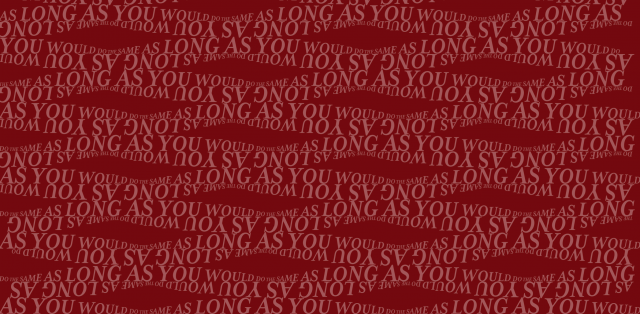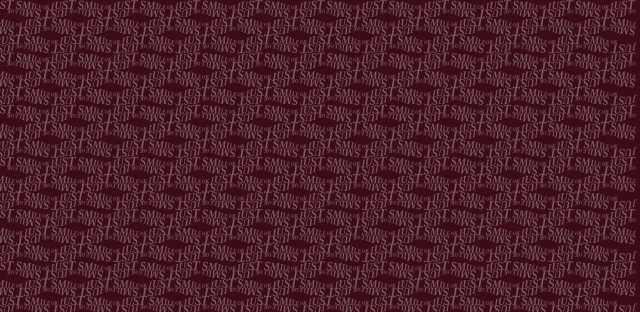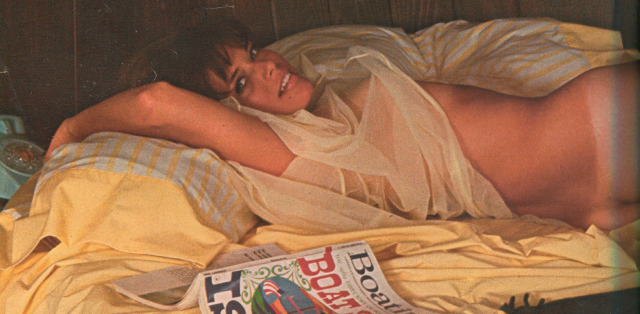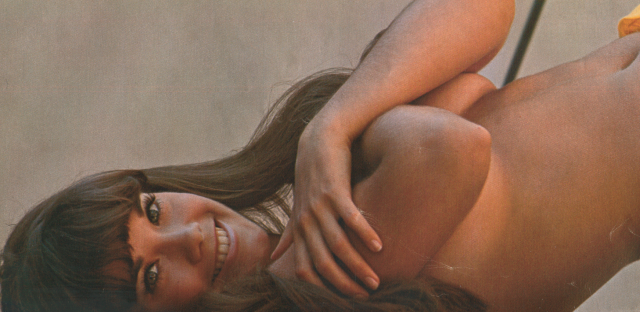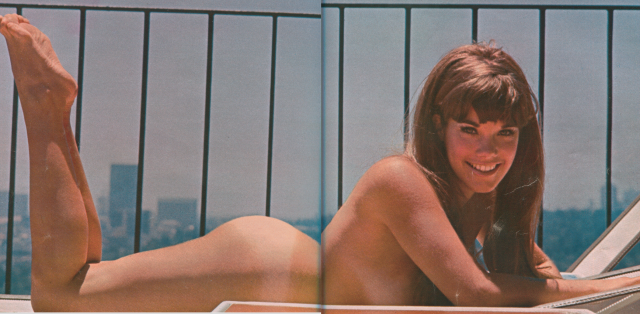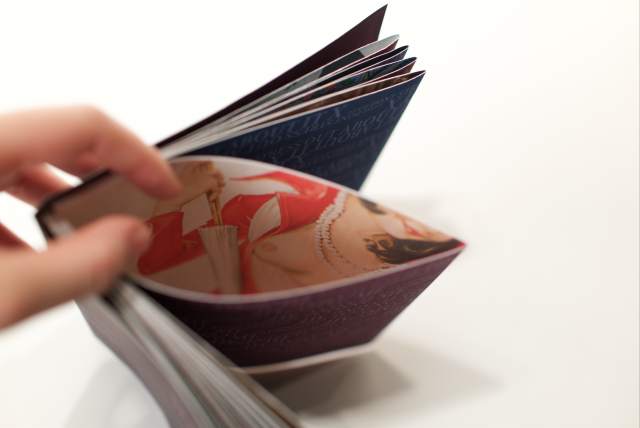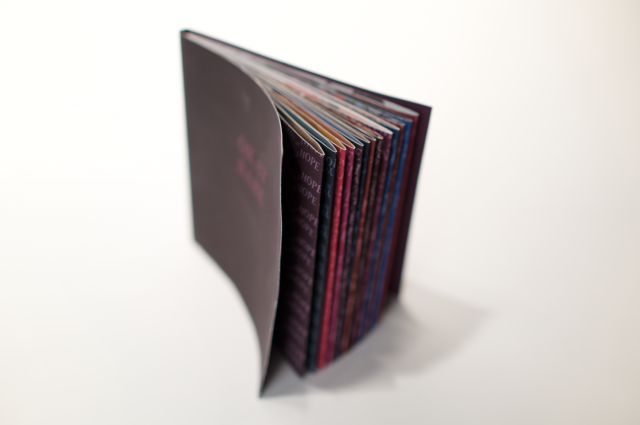Antar-book
OKAY BABE
Summary:
- A French fold book with typography wallpapers, with 70’s porn between the pages
- The content is from a random selection of the 100 most recent tweets that contained the phrase “okay babe”
- The tweets were then cleaned up to only contain the text that was proper English. I also took out the URLs, @mentions, acronyms, sounds and also the phrase “okay babe” itself.
- Each page contains one of the cleaned tweets, rendered with a basil.js script
- There were three scripts:
- Growth: each character of the tweet grows in point size linearly
- Sine: each character of the tweet grows in point size sinusoidally
- DoubleSine: the same as sine, but additionally the baseline shift of each character grows sinusoidally
- Scanned pages from Playboy’s March 1970 issue are the inside page images
Here’s a video of Professor Levin flipping through my OKAY BABE book:
I have been taking this class as an opportunity to explore my own style and creative voice, and this project was a particularly fun way to do some discovering. At the beginning of sophomore year, I conceived the phrase OKAY BABE, and it has since made appearances in my work, and has also become my signature on my Instagram. I use OKAY BABE as a filler text, it’s my lorum ipsum, that can carry very different typographic voices depending on the visual context that it is in.
I wanted to use this project to see how other people use “okay babe”, and what voices they are using. I also wanted to have a very type heavy book and explore the power of basil.js. I first thought of going to NPR or NYT to search for articles that contained “okay babe”. This was, probably obviously, pretty unsuccessful. The phrase is so casual and colloquial that it wasn’t really used in more formal conversations that happen during NPR stations or articles in the Times. This is when I decided to turn to twitter, where I had a new, opposite, challenge. The language of twitter can be so causal that some tweets only contained phrases like, “@Tayatyy hahahahah yaa wtvr okay babe!!!”. I still wanted my content to be sophisticated language, but said in a casual context.
As a communication designer I really felt in my realm here. I love book design and typography, and just learned how to bind books by hand. In terms of a visual context I wanted to use this program to make adjustments to type that wouldn’t be really possible by hand. A lot of my work plays with repetition and pattern, so I saw this as an opportunity to mix this with my love for type. However, pages of repetitive patterns are great, but they are repetitive. I wanted to incorporate images without obstructing the type patterns. After learning about book binding this semester in my communications studio, I thought that this project would be a great opportunity to use french fold perfect binding. This is where the outside edge of the pages are not cut, allowing the reader to peak in between two pages. This is where I thought that I could create a nice narrative for the book: While the pages look like repetitive (perhaps dull) wallpapers, between the pages (behind the walls), reveals risqué images. This allowed for the perfect opportunity to borrow my friend’s vintage 1970’s March issue of Playboy magazine. In the 70’s the pornography industry was significantly more conservative than it is now. The girls are almost never completely nude, and most of the time they are fairly covered.

